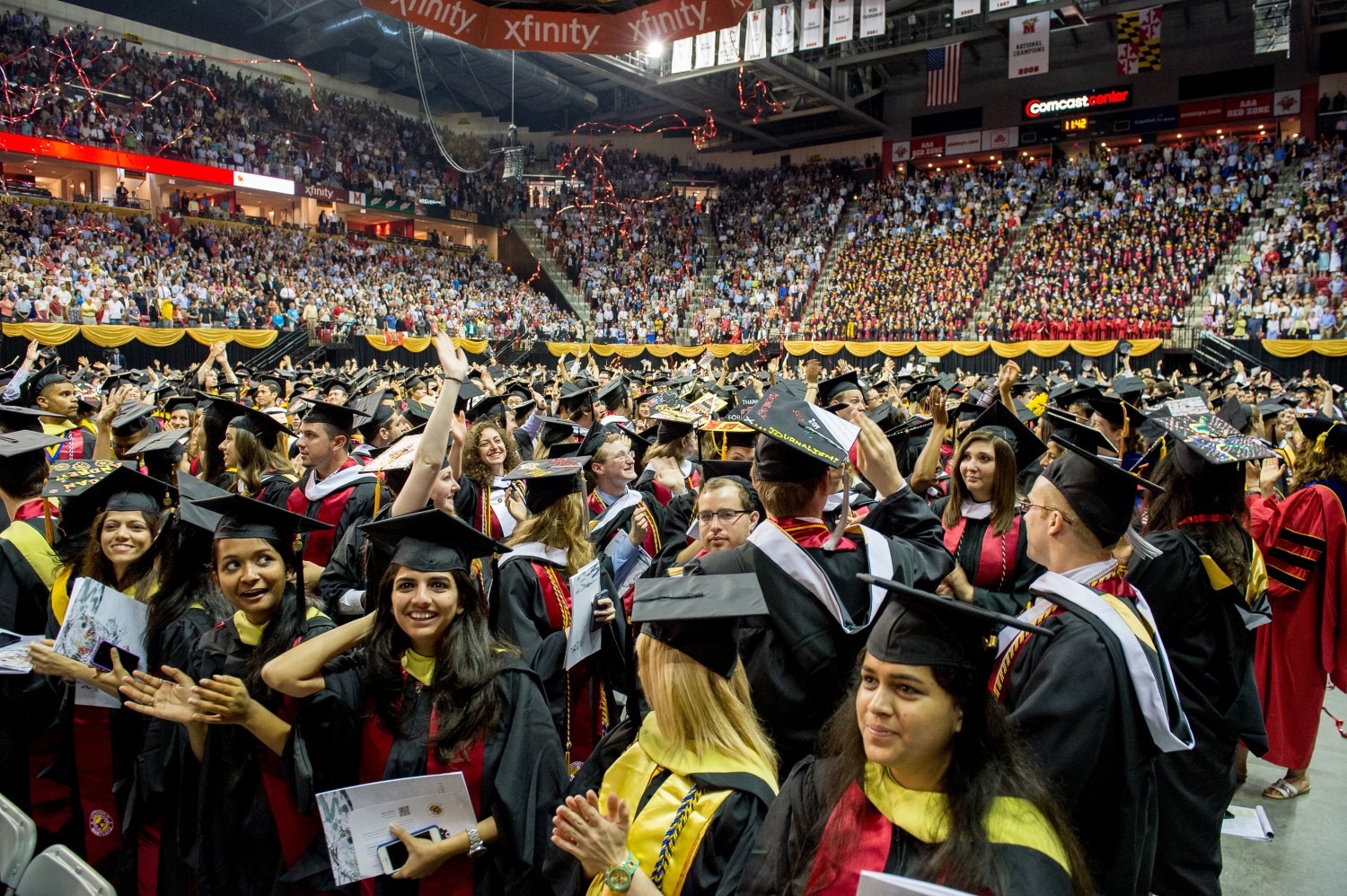Views expressed in opinion columns are the author’s own.
The University of Maryland Student Government Association voted on Wednesday in favor of a new bill that would give priority registration to undergraduate student veterans. This measure comes on the heels of a new initiative to provide fee waivers to veterans applying for admission to this university, starting for the 2019-20 academic year.
[Read more: SGA wants student veterans to have priority class registration at UMD]
As the university works to improve the experiences of minorities, international and nontraditional students, the veteran population should also be considered. Veterans should be recognized as another demographic that faces unique challenges when pursuing higher education.
The American Council on Education, of which this university is a member, reported that only 4 percent of undergraduates were veterans as of 2015. Of this 4 percent, only 44 percent are enrolled in a bachelor’s program, with 54 percent pursuing an associate’s degree or certificate program. While there’s nothing wrong with either of these options, the fact that the majority of student veterans aren’t pursuing a bachelor’s education or more — despite having access to the Post-9/11 GI Bill — should be scrutinized by institutions of higher education.
This university must commit more resources to increasing the number of nontraditional students pursuing bachelor’s degrees. A college education is becoming increasingly necessary to enter the workforce, and we should be serving more than the 1,200-plus veteran students on this campus.
The council also reports that 42 percent of student veterans are full-time employees while pursuing higher education, and 52 percent have dependents — considerable obstacles when it comes to regularly attending school and handling a demanding course load. Priority registration would alleviate at least some of these problems by helping student veterans plan their schedules and organize their lives.
Incentivizing higher education isn’t just about helping out veterans or other nontraditional students; it’s also about diversifying our community in a way that is beneficial for everyone. The average age for a student veteran is 25 — which means that they, along with other nontraditional students, often have different life experiences than the average undergraduate student. Not only are they typically older, they have a lot of real-world experience to offer that traditional students entering undergrad right out of high school wouldn’t have.
The education we receive from our peers can often be just as influential and informative as that we receive formally — a fact this university should consider as we continue to push to diversify our student body. In time, other types of nontraditional students should also be provided similar opportunities to the ones we are working toward providing veterans.
Caitlin McCann is a sophomore communication major. She can be reached at caitlinmccann32@gmail.com.



